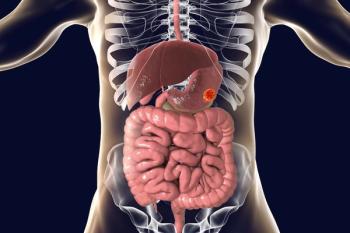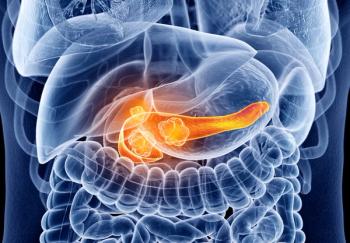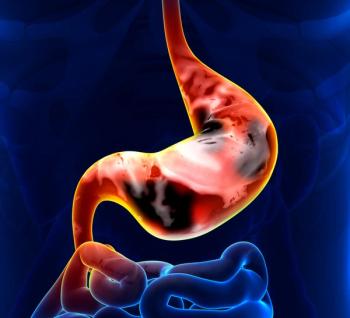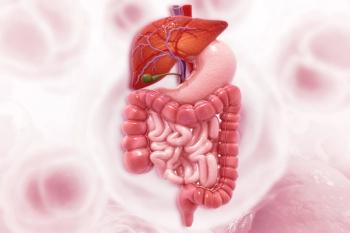
More Data Needed on Watch-and-Wait Strategy for Rectal Cancer
Using a watch-and-wait strategy among a group of highly selected patients with rectal cancer who have undergone neoadjuvant chemoradiation did not appear to compromise outcomes.
Using a watch-and-wait strategy among a group of highly selected patients with rectal cancer who have undergone neoadjuvant chemoradiation did not appear to compromise outcomes, according to the results of a large observational study (
Patients who achieved a clinical complete response and did not undergo surgery had a 3-year overall survival of 92%, a rate which researchers said was similar to historic survival rates for patients who do undergo resection.
The data were presented by Maxime van der Valk, MD, a study coordinator with the International Watch and Wait Database Consortium and Leiden University Medical Center, Netherlands.
Currently, surgery is a standard part of care for patients with rectal cancer. In most countries, patients with stage II/III disease receive neoadjuvant chemoradiation; however, despite the fact that about 20% of patients will have the tumor completely disappear after this therapy, no restaging of the tumor occurs to determine if surgery is still needed. In addition, surgery for rectal cancer is still not without consequences.
“After surgery, patients may face permanent or temporary colostomy, sexual and urinary dysfunction, and, of course, in comes cases, surgical complications can occur,” van der Valk said.
The International Wait and Wait Database was established in 2014 and was designed to collect all available data and expand knowledge of the benefits, risks, and oncological safety of organ preserving strategies in rectal cancer. This strategy is not yet the standard of care for patients with rectal cancer.
This observational study used data from the database from 35 centers in 11 countries on 679 patients with rectal cancer who had achieved a clinical complete response; 90% of patients included had induction treatment with chemoradiation.
Van der Valk noted that, unfortunately, there are still major differences worldwide in which patients are included in watch-and-wait strategies, which types of chemoradiation are used, and which imaging modalities are used to assess response after treatment.
After a median follow-up of 2.6 years, local regrowth occurred in 25% of patients and these patients underwent delayed surgery. Of these local regrowths, 84% occurred in the first 2 years of follow-up. Additionally, distant metastasis occurred in 7% of patients. For all patients, the 3-year overall survival was 91%; it was 87% for patients with a local regrowth.
“It is important that restaging occurs to prevent unnecessary surgical procedures and to give patients the option for watch and wait in cases of complete disappearance of the tumor,” van der Valk said.
Commenting on the results, conference moderator and ASCO Expert Nancy Baxter, MD, PhD, said, “Patients are learning more and more about watch and wait approaches to rectal cancer on the internet and I think this is going to help us know who this very promising strategy should be applied to. We know patients bear a high cost of treatment for rectal cancer. Although it is effective, it has a lot of long-term consequences for them.”
Newsletter
Stay up to date on recent advances in the multidisciplinary approach to cancer.

















































































